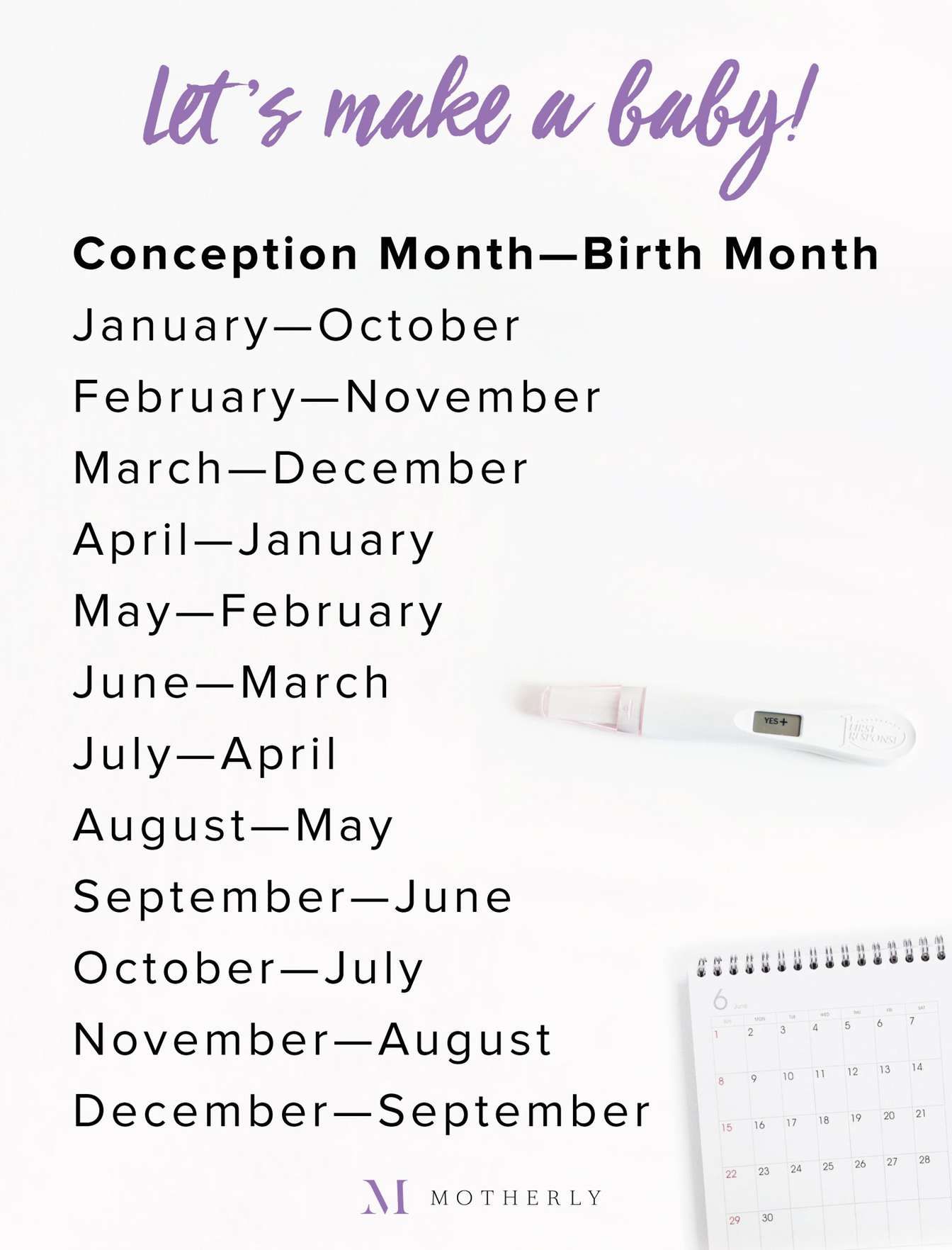
Pregnancy Due Date Figuring: A Comprehensive Guide
Introduction
Determining the expected date of delivery (EDD), also known as the pregnancy due date, is a crucial aspect of prenatal care. It helps healthcare providers monitor fetal development, schedule prenatal appointments, and plan for the birth. Several methods can be used to estimate the EDD, each with its own advantages and limitations. This comprehensive guide will delve into the various methods of pregnancy due date figuring, providing a thorough understanding of the factors involved and the accuracy of each approach.
Methods of Pregnancy Due Date Figuring
1. Last Menstrual Period (LMP)
The most common method of estimating the EDD is based on the date of the woman’s last menstrual period (LMP). By adding 280 days (40 weeks) to the first day of the LMP, the healthcare provider can calculate the expected delivery date. This method is known as Naegele’s rule.
Advantages:
- Easy to use and requires no additional tests or procedures.
- Widely accepted and used by healthcare providers.
Limitations:
- Accuracy depends on the regularity of the woman’s menstrual cycle.
- Not reliable for women with irregular periods or who do not remember the exact date of their LMP.
2. Ultrasound
Ultrasound imaging can provide a more accurate estimate of the EDD, especially in the early stages of pregnancy. During an ultrasound, the healthcare provider measures the size and development of the fetus, which can be used to determine the gestational age.
Advantages:
- More accurate than LMP-based methods, especially in the first trimester.
- Can also detect any abnormalities or complications in the pregnancy.
Limitations:
- May not be readily available or affordable for all women.
- Accuracy can be affected by the skill of the ultrasound technician and the quality of the equipment.
3. Fetal Heart Rate (FHR)
The fetal heart rate (FHR) can also be used to estimate the gestational age. The FHR typically increases as the pregnancy progresses, and healthcare providers can use a Doppler ultrasound to measure the FHR and compare it to established growth charts.
Advantages:
- Non-invasive and can be performed at any stage of pregnancy.
- Can provide an estimate of the EDD when other methods are not available or reliable.
Limitations:
- Accuracy depends on the consistency of the FHR and the skill of the healthcare provider.
- May not be as accurate as ultrasound or LMP-based methods.
4. Fundal Height Measurement
Fundal height measurement involves measuring the distance from the pubic bone to the top of the uterus. This measurement can be used to estimate the gestational age and the size of the fetus.
Advantages:
- Simple and inexpensive procedure.
- Can be performed during routine prenatal appointments.
Limitations:
- Accuracy can be affected by the position of the fetus, the amount of amniotic fluid, and the skill of the healthcare provider.
- Not as accurate as ultrasound or LMP-based methods.
5. Blood Tests
Certain blood tests, such as the human chorionic gonadotropin (hCG) test and the pregnancy-associated plasma protein-A (PAPP-A) test, can provide information about the gestational age. However, these tests are typically used in conjunction with other methods to confirm the EDD.
Advantages:
- Can provide an early indication of pregnancy.
- May be helpful in cases where other methods are not reliable.
Limitations:
- Accuracy can vary depending on the specific test used.
- Not as precise as ultrasound or LMP-based methods.
Accuracy of Pregnancy Due Date Figuring
The accuracy of pregnancy due date figuring depends on several factors, including the method used, the regularity of the woman’s menstrual cycle, and the skill of the healthcare provider. In general, ultrasound provides the most accurate estimate of the EDD, followed by LMP-based methods. Other methods, such as FHR measurement, fundal height measurement, and blood tests, can provide additional information but may be less precise.
Importance of an Accurate EDD
An accurate EDD is essential for:
- Monitoring fetal development and ensuring appropriate prenatal care.
- Scheduling prenatal appointments, including ultrasounds and blood tests.
- Planning for the birth, including the induction of labor or cesarean section.
- Estimating the gestational age of the fetus in case of premature birth or other complications.
Conclusion
Determining the pregnancy due date is a crucial aspect of prenatal care. Several methods can be used to estimate the EDD, each with its own advantages and limitations. Ultrasound provides the most accurate estimate, followed by LMP-based methods. Other methods, such as FHR measurement, fundal height measurement, and blood tests, can provide additional information but may be less precise. An accurate EDD is essential for monitoring fetal development, scheduling prenatal appointments, and planning for the birth. By understanding the various methods of pregnancy due date figuring, healthcare providers and pregnant women can ensure the best possible care and outcomes.